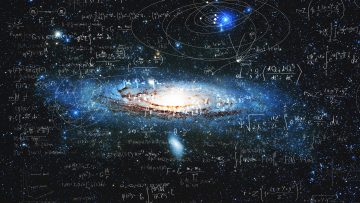How do you mine for resources in a place where humans haven’t set foot for over four decades? That’s a question the European Space Agency will have to answer if they want to achieve the lofty goal of extracting usable lunar material by 2025.
Rocket maker ArianeGroup announced on Monday that it had landed a one-year contract with the ESA to develop a gameplan for mining lunar regolith. Regolith, which is the material covering the surface of the Moon, could be a rich source of both water and oxygen, and being able to mine it would potentially allow for a sustainable lunar settlement at some point in the not-so-distant future.
“The use of space resources could be a key to sustainable lunar exploration and this study is part of ESA’s comprehensive plan to make Europe a partner in global exploration in the next decade – a plan we will put to our Ministers for decision later this year at the Space19+ Conference,” ESA’s Dr. David Parker said in a statement.
ArianeGroup, which will use its Ariane 64 rocket platform as the centerpiece of its efforts, is partnering with fellow startups PTScientists and Space Applications Services to develop a comprehensive plan that will include a lander and robotic hardware to harvest the Moon material. There are no plans for a manned mission at this time.
Mining otherworldly resources is a hot topic as of late, with various companies and space groups working out the best possible approach for exploiting material from places like the Moon, Mars, and even asteroids tumbling through the Solar System. Investment analysts are betting on space mining being a hugely profitable endeavor for whoever can master it first, even going so far as to suggest that mining in space will produce the world’s first trillionaire.







